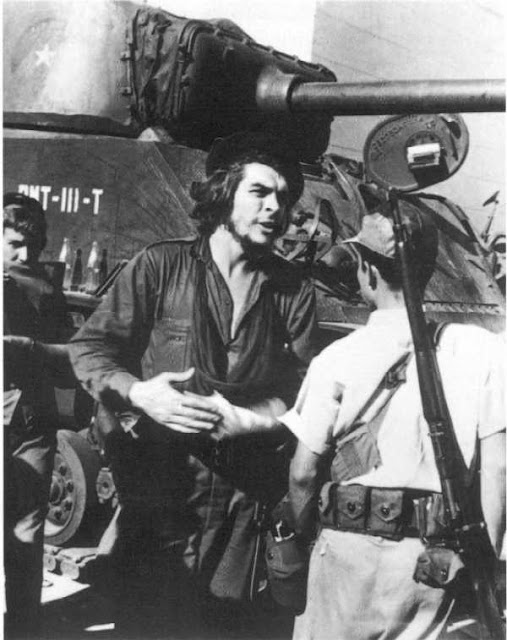The Failed Promise of Marx: Socialist Impact on the Cuban Economy
When Fulgencio Batista fled Cuba on January 1st, 1959, it was not Fidel Castro who first stepped victoriously into Havana, but Ernesto 'Che' Guevara. This moment was the major turning point for the Cuban people and the beginning of what would amount to the failure of a socialist ideology-driven planned economy. Prior to Castro's Revolution, Cuba was a Republic. Since the days of being a U.S. protectorate, Cuba's government suffered its share of growing pains, but at least in 1958 Cuba enjoyed status as a well advanced country for Latin America, and in some cases, the world (Smith and Llorens). Cuba ranked 5th in per capita income, 3rd in life expectancy, and 2nd in automobile ownership (Public Broadcasting Service). In 1929, Cuba's per capita income was 41% of the U.S. national average, putting it easily above Mississippi and South Carolina. Sugar sales and tourism drove the early republic's economy to expand rapidly and two-thirds of Cuba's population were considered comfortably middle class (Ward and Devereux). Today, in stark contrast, after 40 years of national poverty, Cuba is only now beginning to recover economically, thanks in part to capitalist policies put into place by Cuba's current president (Canto). The years of struggle, scarcity, and suffering were a direct result of Lenin-Marxist socialism implemented by a man with only a very tenuous grasp on economics (Llosa). While the Cuban Revolution outwardly preached equality for all Cubans, it is indisputable that conditions for those living within Cuba were worse than pre-revolution standards.
 |
| Ernesto "Che" Guevara on January 1st 1959 after the Battle of Santa Clara. A captured Cuban M4A3 can be seen in the background. |


Comments
Post a Comment